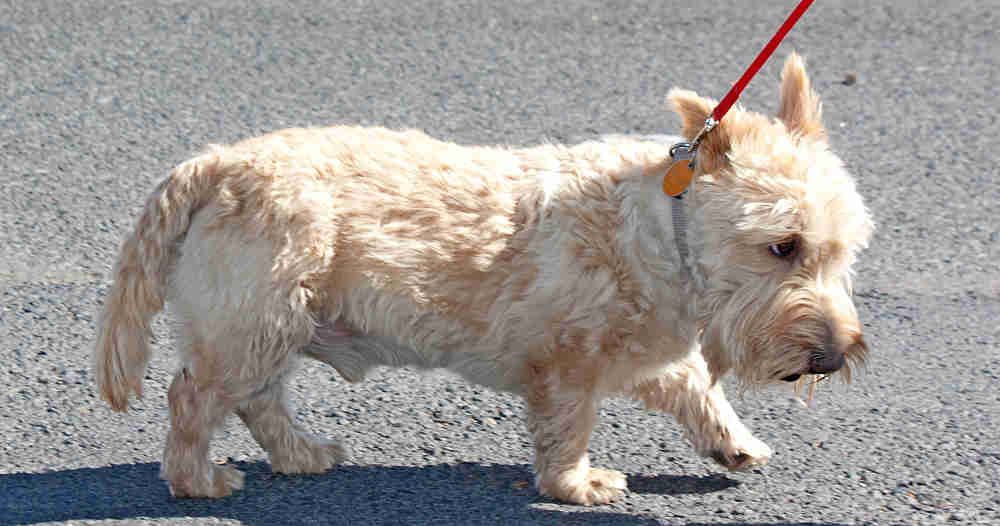Getting a new dog is an exciting and enriching experience. Dogs bring years of companionship and affection to their owners. They can, though, also pose some behavioral challenges while settling into their new home.

Training advantages
This is where dog training can be invaluable. Putting in place an obedience program for your dog will make your life easier. It’s also good for the dog too. It goes a long way to keeping your dog both happy and safe. And it helps to build a bond of trust between you both.
The five most common commands for dogs are:
- Sit.
- Heel (where your dog’s shoulders are parallel to your legs).
- Down.
- Stay.
- Come (the actual word “come” or you can substitute your dog’s name).
Teaching your dog just these basic commands can be priceless for a successful relationship. And once your dog has mastered these commands he can move on to more advanced ones, of course. Examples of more complex commands include “fetch” and “drop it”.
And of course there are other important aspects of dog training too. A puppy must learn not to bite and not to chew, for example. And if your dog is an excessive barker, you’ll need to teach them when it’s not okay to bark.

Know your student
Before you start a training program, it’s important you consider your dog’s breed. Then you can plan your training and temper your expectations to their ability level. Some dogs seem to have a natural talent for picking up their training lessons and learning new ideas. Some examples of breeds with reputations of being quick learners are:
- German Shepherds.
- Golden Retrievers.
- Doberman Pinschers.
- Border Collies.
Other dogs may take a bit longer to pick things up. Dogs bred to have a singular talent or to work independently may need more time and or creativity. Bloodhounds are a good example.
Teaching puppy obedience requires a significant investment in time and understanding. This is only natural when you consider that your puppy is reliant on you for just about everything. Your investment now will pay huge dividends in the future though. You’ll have a healthier and happier adult dog as a result of all your hard work.
When to start
You can start teaching your puppy basic commands as early as eight or nine weeks old.
It’s important to remember that training sessions should not be too long. Stamina and concentration soon become issues for puppies.
Positive reinforcement
Second, and this cannot be over-stressed, puppies thrive on positive reinforcement. Rewards and encouragement will hold your puppy’s interest. They shorten the learning curve, and keep it fun for them.
If you’ve acquired an older dog they may be poorly trained or even never trained at all. They may not even know or remember basic commands. Like puppy training, positive reinforcement is pivotal. An adult dog has more physical co-ordination and stamina than a puppy though. So you can make your training sessions longer. Remember to stop once your dog starts to lose concentration or get frustrated though.
Clicker training
One of the most effective methods of dog obedience training is clicker training. Using just a cheap plastic clicker and rewards, you can soon teach your dog to learn a lot of commands.
Feel free to invest plenty of time working on not just basic commands but also advanced commands too. One of the most rewarding aspects of dog training is the bond that’s created between you and your dog. If you do it right, you’ll have a social, well-behaved, and loving companion. They’ll be your best friend for life.
